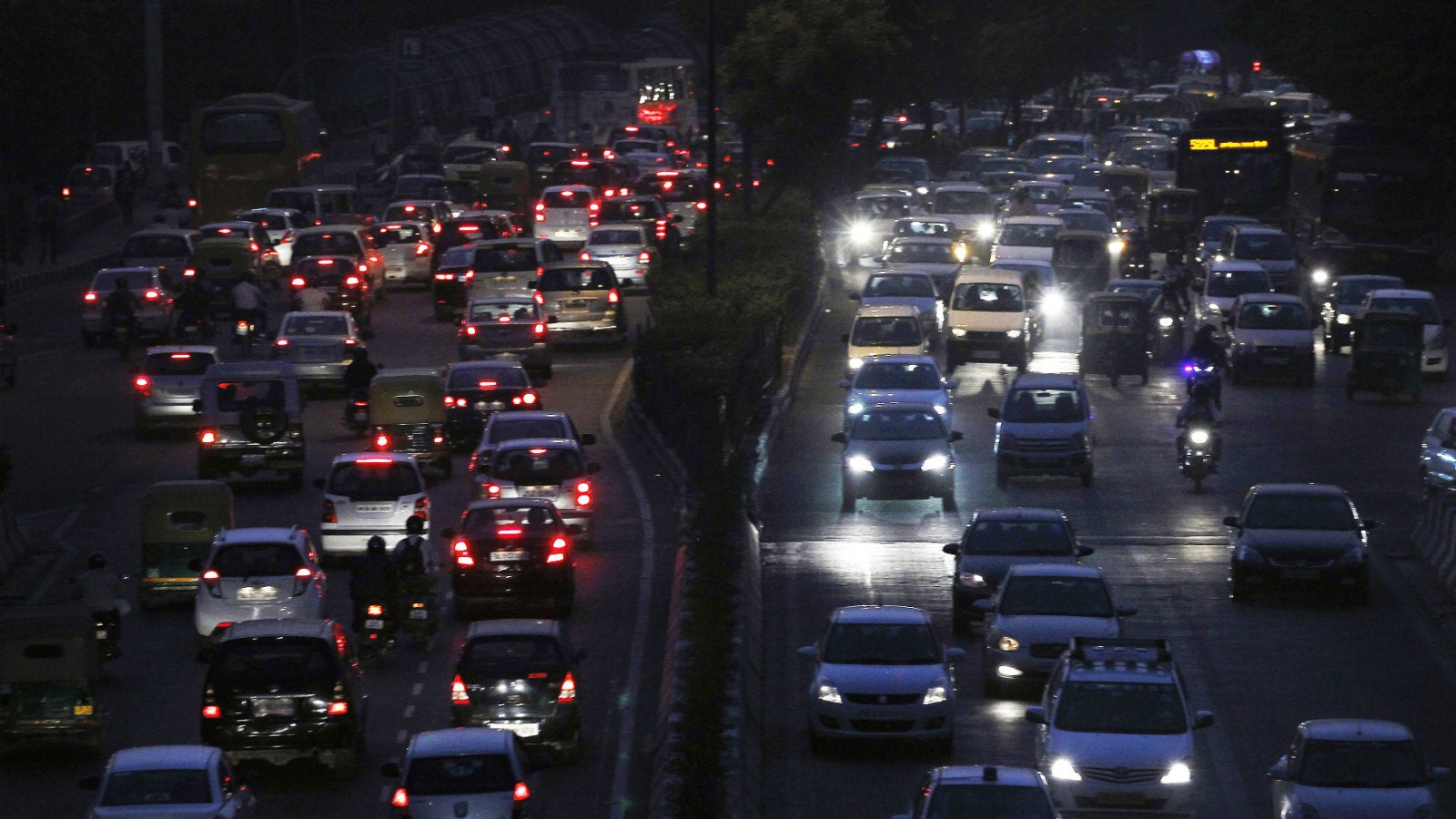Another region of India is killing surge pricing
Uber’s ride in India is getting bumpier.


Uber’s ride in India is getting bumpier.
Days after the southern Indian state of Karnataka announced a ban on surge pricing, the practice of raising fares when demand for taxis is higher than supply has come under fire in Delhi.
On April 18, the Delhi government threatened “strict action, including permit cancellation and impounding vehicles” that charge peak-hour prices.
Following the government’s warning, Uber and its biggest competitor in India, Ola, have temporarily suspended surge pricing in Delhi.
“Given the threat of the Delhi government to cancel permits and impound vehicles of our driver partners, we are temporarily suspending surge in Delhi with immediate effect,” Uber said in a statement. Ola confirmed that it, too, has “temporarily pulled out peak pricing” in the state.
Delhi is currently running the second phase of its odd-even cars experiment to ration roads according to license plate numbers, which has led to a higher dependence on services like Uber and Ola. The new phase of the fortnight-long rationing experiment started on April 15.
For companies that charge peak-hour prices even during non-peak hours, this is an obvious opportunity to exercise surge pricing. And that’s just what happened on April 18.
During the first phase of Delhi’s odd-even scheme, Uber completed 92% of trips at regular fares, the company said. But “higher prices are required in order to get cars on the road and keep them on the road during the busiest times,” said Gagan Bhatia, general manager for Uber in north India, in a statement to the press. ”In short, without surge pricing, there would be no car available when people need it.”
Peak pricing also can dissuade customers from making non-urgent trips, freeing up rides for those who need transportation more urgently, says Kartik Hosanagar, a professor at the University of Pennsylvania’s Wharton School. His research focuses on the digital economy.
“Overall, I think governments should be careful about getting into things they don’t understand,” says Hosanagar, who was critical of Karnataka’s ban on surge pricing. “If other governments follow suit, this could hurt a very effective mechanism for matching supply and demand and also lead to higher prices during non-peak hours.”
Whatever the explanation, the business models of Uber and Ola might be up for a tough test in India in the coming months. The state of Maharashtra is also reportedly considering a ban on surge pricing.